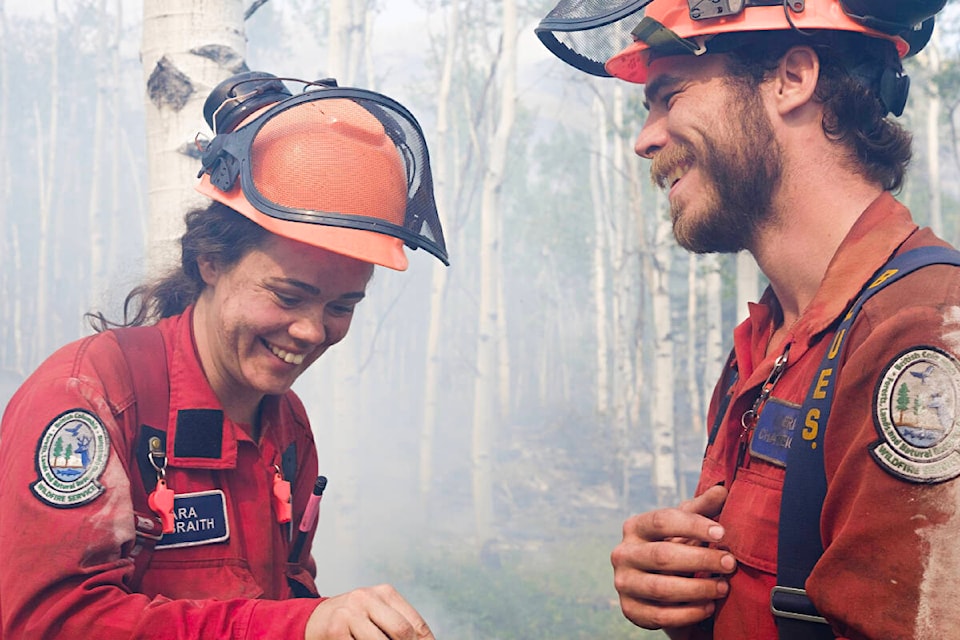B.C. is responding to concerns about a lack of wildland firefighters — particularly with in-depth knowledge of local terrain — by increasing recruitment efforts, with a focus on First Nations and rural and remote communities.
Improvements to the BC Wildfire Service’s (BCWS) hiring process have resulted in more than 1,000 applicants, with three months of hiring to go.
Thompson-Nicola Regional District CAO Scott Hildebrand is a member of the premier’s emergency task force. He feels that the recruiting change of focus is an example of BCWS directly responding to task force feedback, adding that the TNRD’s experience with wildfires in 2021 and 2023 has helped him stress the importance of getting out ahead of recruiting.
“They used to have back-to-back days of interviewing, followed by a process of evaluating candidates, and selections were made at a future date, Hildebrand said. “Now they have a system where, if they find a candidate who meets their expectations, they can offer them a position immediately and secure that person.”
“Perhaps in years past they’d be looking to the more populated areas, but fires are all over the province. I feel now that they’re reaching out to all areas in the province for candidates.”
He said the “bootcamp” dedicated training and recruitment model for First Nations is being expanded after a successful pilot in the Cariboo Fire Centre. The dedicated sessions address needs heard from communities, build local capacity, strengthen relationships between the local First Nation and the fire centre, and improve response to wildfires.
Lessons from First Nations bootcamps will be adopted into the BCWS core curriculum and serve as a model for other First Nations. Additionally, the use of Indigenous initial-response crews is being expanded.
Other enhancements include extending the hiring process for new recruits and encouraging applicants to indicate their work location preference.
“We are acting on lessons learned from the 2023 hazard season and opening the door even wider to local recruitment and response capacity,” said Bowinn Ma, Minister of Emergency Management and Climate Readiness. “Ensuring we have a strong complement of BCWS crew members filled with local talent across the province means we can better protect people and support communities from whatever emergencies come our way.”
Hildebrand said the 1,000 applicants are about 20 per cent higher than usual at this point in the process.
“I think that BCWS is doing their best. They’ve made changes, such as not just going with students [who often have to leave at the end of August] but with finding individuals who can make a career with the wildfire service. They can stay longer and stay past the traditional timeframes for wildfires.
“I think that they want to change the thinking around it being a seasonal job. Firefighting itself will still be a seasonal job, but things are changing quickly, and there are all sorts of opportunities in the wildfire service that could lead to other opportunities.”
Hildebrand adds that the task force is also talking about the need to improve the relationships with local residents during a fire.
“We need to rely on people who know the terrain and geography. We need to rely on the ranching community, and on First Nation Elders and some of their traditional knowledge. There’s been a big discussion at the task force about how to engage better with local residents.”
People who are interested in learning more about becoming a BC Wildfire Service crew member can apply until March 31. Additionally, applicants are invited to indicate their first, second, and third choice of work location from the outset of the application process. For more information, visit the .
READ ALSO:
READ ALSO:



